What are the signs that indicate a tree may need to be removed?
– Severe lean
– Hollow or decayed trunk
– Large dead branches
– Root damage
– Pest infestation or disease
– Cracks in the trunk or major limbs

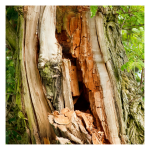
How can I tell if my tree is healthy or diseased?
– Healthy trees have vibrant leaves, strong trunks, and good overall structure.
– Signs of disease include discoloured or wilting leaves, unusual growths, and visible damage to the trunk or branches.
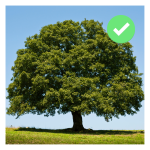



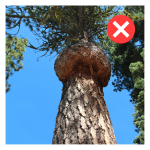
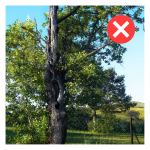
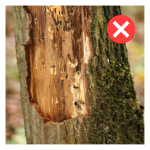
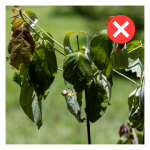
What can I do to prevent tree diseases and pests?
– Regular inspection and maintenance.
– Proper watering and fertilisation.
– Pruning dead or diseased branches.
– Using pest-resistant tree varieties.


How often should I schedule tree maintenance, such as pruning or trimming?
– Pruning and trimming: Typically every 3-5 years, depending on the tree species and growth rate.


Can you recommend suitable trees for my property based on soil type, climate, and aesthetics?
Yes, we can provide tailored recommendations considering your specific location, soil type, climate and desired aesthetics.


What are the potential risks associated with tree removal or pruning, and how can they be mitigated?
– Falling branches or trees
– Damage to property or utilities
– Hiring a certified arborist and obtaining necessary permits can mitigate risks.


Are there any local regulations or permits required for tree removal or pruning?
Regulations vary by area, but many places require permits for tree removal or significant pruning, especially for protected species or in conservation areas.
What factors should I consider when choosing a location to plant a new tree?
– Soil drainage and pH
– Sunlight exposure
– Space for root and canopy growth
– Distance from structure and utilities


How can I improve the health and longevity of my trees?
– Proper watering and fertilisation
– Mulching
– Pruning for structure and airflow
– Monitoring for pests and diseases


What are some common mistakes homeowners make when caring for their trees, and how can they be avoided?
– Over or under watering
– Improper pruning techniques
– Ignoring signs of disease or pest infestation
Can you provide guidance on watering and fertilizing trees?
– Water deeply and infrequently, ensuring the water reaches the root zone.
– Fertilize based on the tree’s specific needs and the soil’s nutrient levels, typically in early spring or late autumn.
How can I protect my trees during construction or landscaping projects?
– Erect physical barriers to prevent equipment, plant and foot traffic around the tree.
– Mulch around the base to protect the roots from compaction and erosion.


Are there any warning signs that a tree may be at risk of falling?
– Root plate movement, tree looks like it has moved.
– Visible splits or cracks in the tree.
– Dead or dying branches.

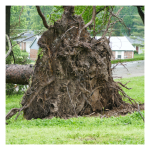
Can you recommend ways to enhance the aesthetic appeal of my landscape using trees?
– Choose varieties with colourful leaves, flowers and bark.
– Choose a tree with a mature size that suits the area.
– Plant trees for shade areas.




What are the benefits of investing in professional tree care services versus DIY maintenance?
– Knowledge, expertise and experience.
– Arborists can diagnose and treat problems with trees.
– Arborists can carry out the job safely to avoid any damaged to trees when pruning or to any buildings or public.
– Arborist companies are insured for the unlikely occurrence of damage to property or utilities.
Are there any tree care tips specific to the current season or weather conditions?
– Protect certain varieties from frost with covers.
– In summer, water and use mulch to retain moisture.
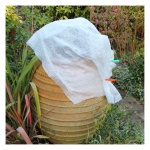
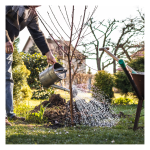
What should I do if I notice signs of tree decay or damage?
Consult a certified arborist who will assess the extent of damage and recommend appropriate action such as pruning or removal.
Can you provide guidance on selecting the right tree species for a specific purpose, such as shade, privacy, or fruit production?
Consider factors such as; the climate, soil type and acidity, and available space for the tree to mature in.
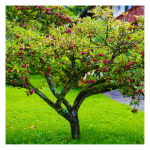

How can I ensure proper root care for my trees?
– Avoid foot traffic which can cause compaction around the base of the tree.
– Provide adequate water and nutrients to support healthy root growth.
Have further questions? Contact ArborCare today.
Get in touch
"*" indicates required fields
